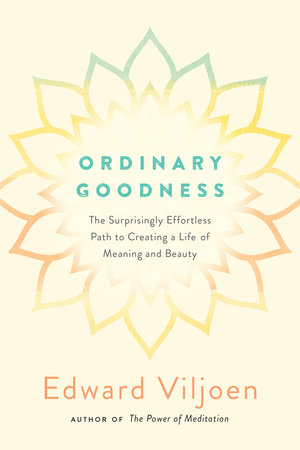Reading by Example:
What Kids Learn About Books from Watching You
by Edward Viljoen
Someone is watching.
My grandmother read all the time. Well, it seemed like all the time to us. Maybe it was because there were books all over her house — on the kitchen table, in the living room, on her nightstand. It made reading seem normal and appealing to her grandchildren. She would watch over us after school, and although reading at the dinner table was not permitted at home, reading at the lunch table with grandma was encouraged.
I remember a humorous moment when she helped me figure out a way to read and eat at the same time without dropping food onto my precious book. I hadn’t figured out the obvious: Don’t place the book between you and the food. We laughed at the big “aha” I had. She would ask me frequently, “What are you reading now?” giving me permission to read many books at once, not completing some, and reading others again and again. It didn’t seem like a big deal then, but looking back I realize she was modeling the joy of reading. Without realizing it, I was being influenced by her example to value reading.
I haven’t always been aware of how my actions are imprinting values on others, especially younger people around me who I think aren’t paying attention. They are. What I do, it turns out, matters. I reconnected with an old school friend who I hadn’t seen in 15 years. He had a younger brother whose age difference made him undesirable company for us older boys. We didn’t include him in our games and didn’t pay any attention to whether or not he was observing us. He was watching us, though, and without realizing it, we were influencing him and shaping what he would later consider to be desirable ways to be in the world. Fifteen years later, catching up with my old friend, his younger brother paid an unexpected visit. He came in bright with smiles and greetings. I barely remembered him from our younger days, but he remembered me. He said, “Edward, you were always my hero. I thought you so brave when you snuck out with my brother to smoke behind the house, and how you snuck out of school and went to movies.” He continued to list my infractions that he aspired to duplicate in his life. He had been watching me, and I had imprinted on him my values at the time.
How I wish instead that I had read with him like my grandmother read with me.
The fact that she — someone I admired — read made me want to read and eventually grew my appetite for devouring books. It didn’t matter to me what she read; I never did develop a taste for romance novels the way she loved them, and she never did understand why I would read science fiction and fantasy novels with such passion. But she shared a love of reading with me. One day she noticed me, age ten, sobbing in the middle of reading Paul Gallico’s Jennie, a story about a young boy who is knocked down by a car and while in a coma believes he is a cat and befriends an abandoned cat, Jennie, who takes him on a fantastic adventure. My grandmother, seeing my tears, nodded at me with approval and said, “There, there, it’ll all work out in the end. You watch and see.”
One Sunday, after service at the Church where I’m a minister, we placed children’s books on chairs arranged in pairs in our Social Hall. We let the children in our youth program know that they could sit down with an adult and decide if they wanted to be the reader or be the one read to. Very soon, smiles and laughter filled the room. I’ll not quickly forget the innocent joy and connection that filled the room that Sunday afternoon, and it reminded me to be grateful for the example my grandmother left in me.

